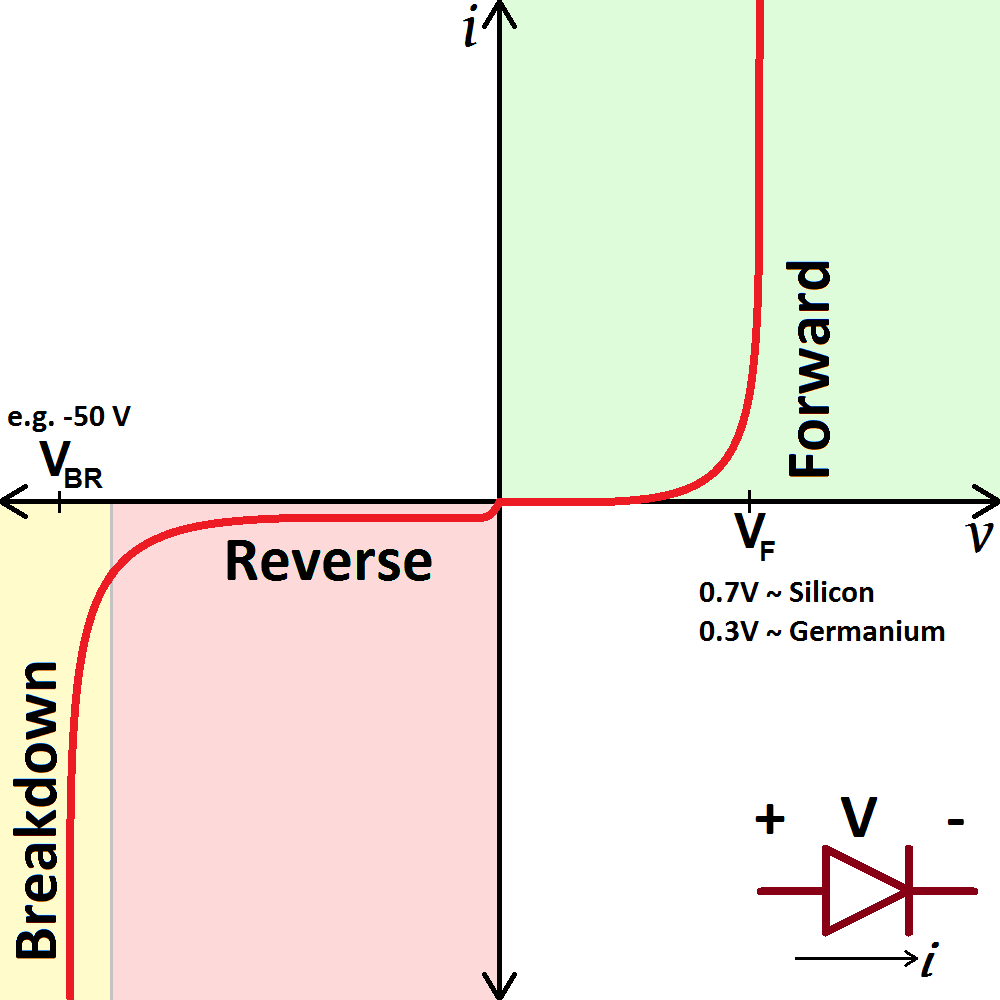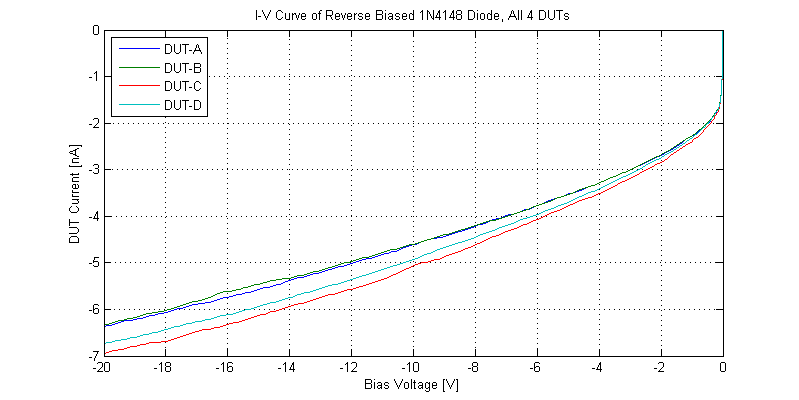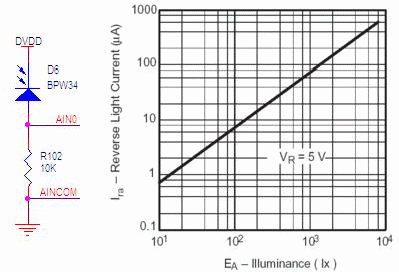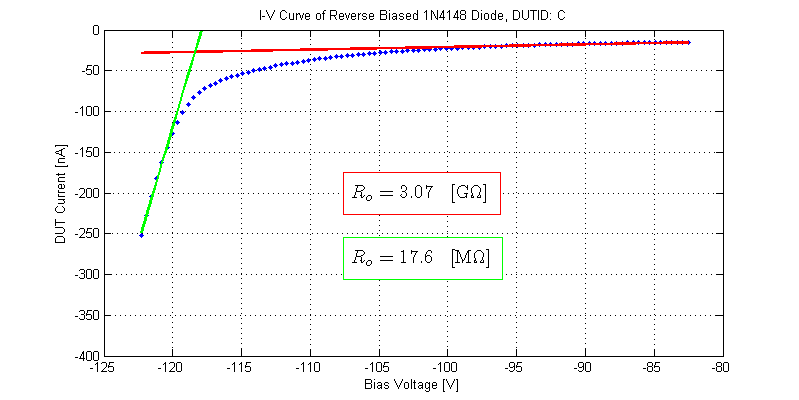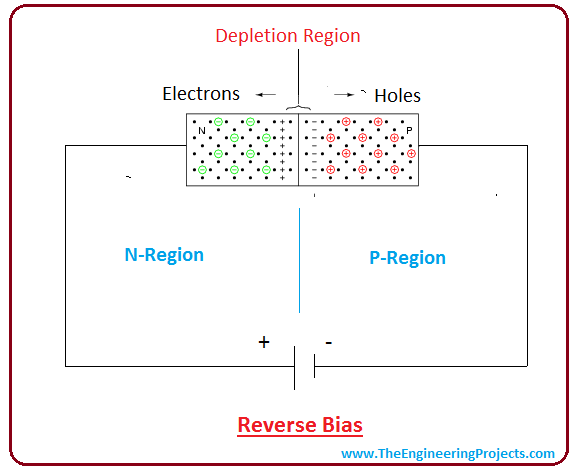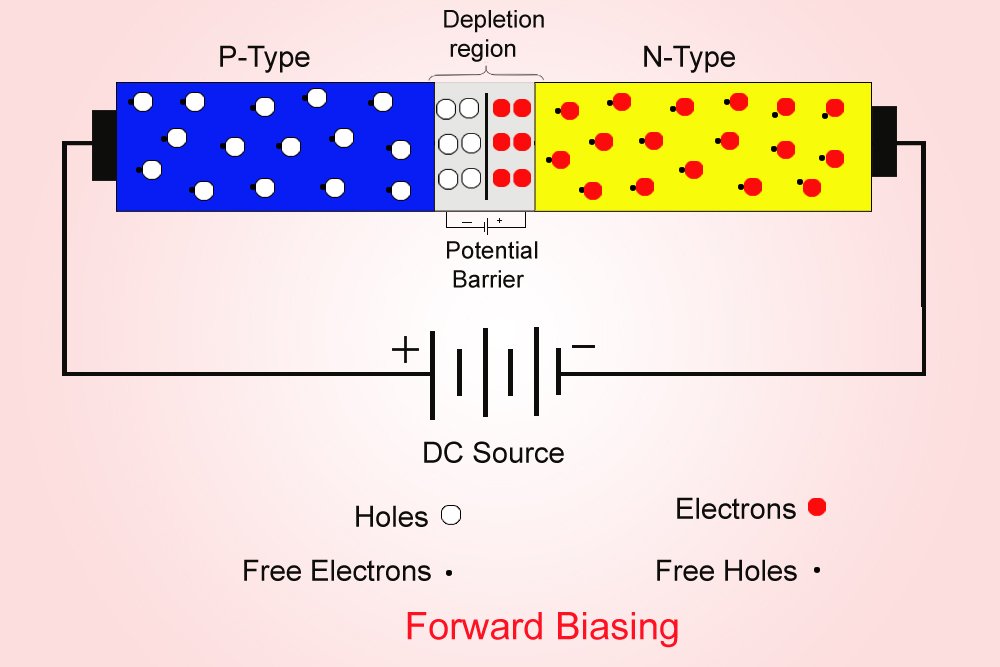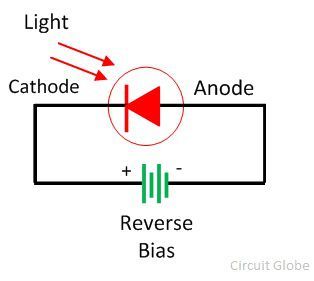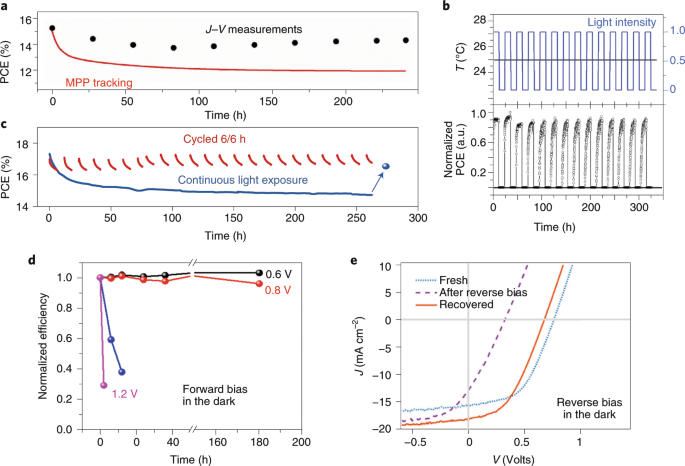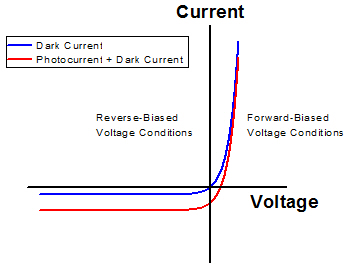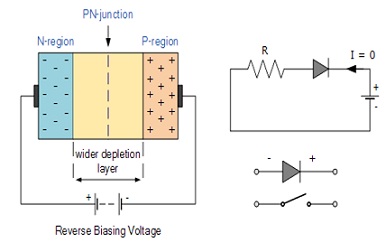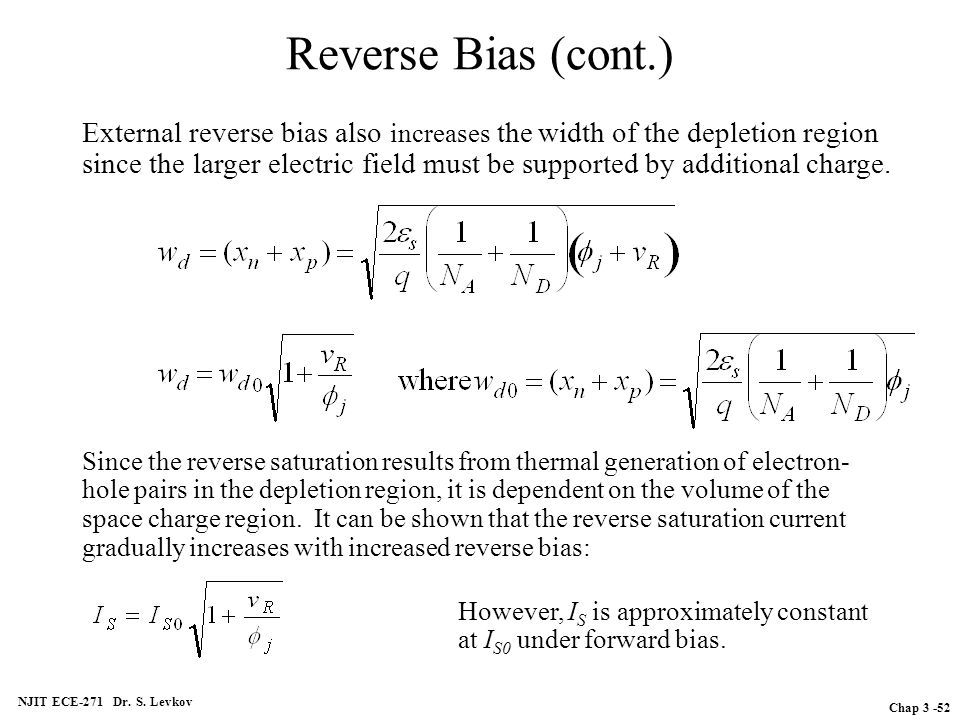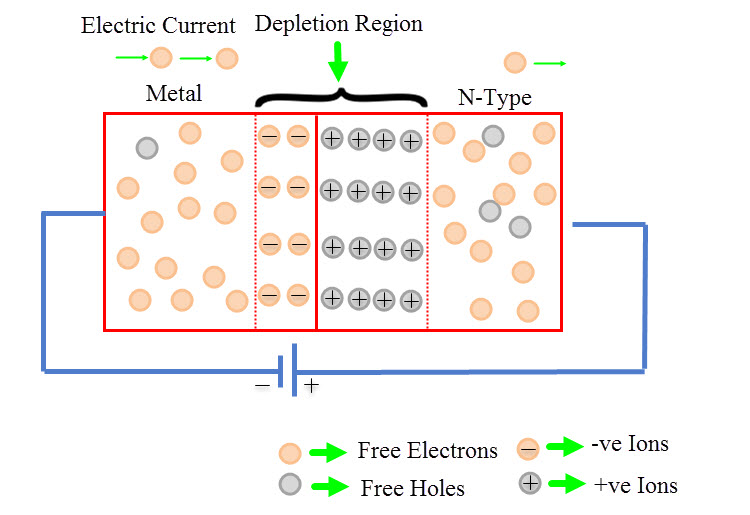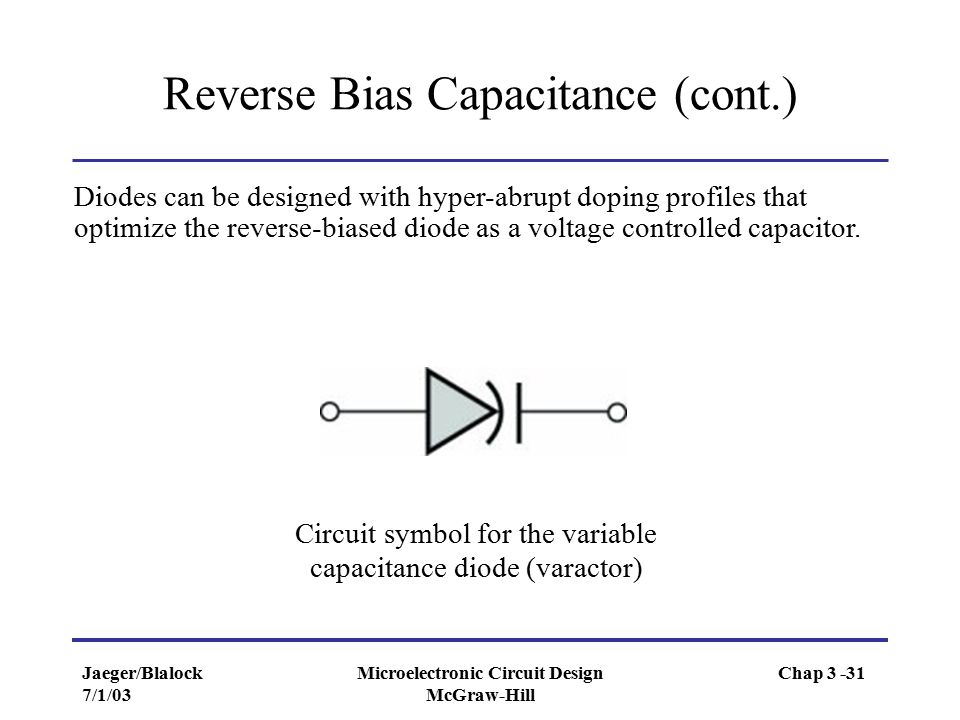Testing Solar Panels V Vs I Curve Reverse Bias

How to test a 12 volt solar panel vs other voltages.
Testing solar panels v vs i curve reverse bias. Figure 1 shows a typical i v curve the power voltage or p v curve that is computed from it and key points on these curves. A solar cell or panel is connected to an smu as shown in figure 6. A four wire connection is made to eliminate the effects of the lead resistance. If your solar cell is a semiconductor diode such as pn silicon cell or pin thin film you get common diode i v curve in dark condition.
One method for determining the shunt resistance of the pv cell is from the slope of the reverse biased i v curve as shown in figure 5. Testing the 12 volt solar panel. Similarly the open circuit voltage voc is the potential that develops across the terminals of the solar cell when the external load resistance is very large figure 3. A linear sweep of the output voltage with a duration of 20 ms was applied in both the forward direction from short to open circuit and the reverse direction.
The topmost figure shows uncorrected i v curves corresponding to a high efficiency solar cell with an open circuit voltage of 720 mv. A solar cell or panel is connected to an smu as shown in figure 6. A larger fill factor is desirable and corresponds to an i v curve that is more square like. At the knee of a normal i v curve is the maximum power.
Typical fill factors range from 0 5 to 0 82. Simply touch the solar panel leads with the multi meter probes matching their corresponding polarity red to red black to black. Fill factor is also often represented as a percentage. Some exceptions may apply based on panel type.
As most solar panels are 12 volts the solar panel test methods are basically the same. There is bigger current in case of forward bias than in. Referring to figure 1 the span of the i v curve ranges from the short circuit current isc at zero volts to zero current at the open circuit voltage voc. Efficiency η efficiency is the ratio of the electrical power output p out compared to the solar power input p in into the pv cell.
You will want to ensure that you place the positive to positive and negative to negative when attaching your multimeter to the connection on the back of your solar panel. A four wire connection is made to eliminate the effects of the lead resistance.

